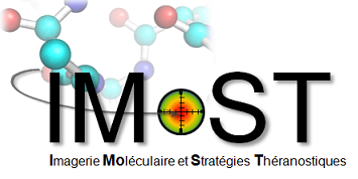IMoST - Imaging biomarkers
Published on August 25, 2021 – Updated on August 25, 2021
Quantitative assessment of therapeutic response or recurrence diagnosis using PET or MRI biomarkers
Lesion detectability improvement on CT images using mathematical models
Automatic lesion detectability using deep learning program based on artificial intelligence.
Lab

IMoST - Imagerie Moléculaire et Stratégies Théranostiques
Inserm UMR 1240
58 rue Montalembert
63000 CLERMONT-FERRAND
RoBust Team:
Group Leader : Florent CACHIN